29.03.16 — Journal
Semana Santa
I write to you today from the relaxing shade of a palm tree, next to an ancient African temple (which was moved to Madrid brick by brick), overlooking the vast expanse of the Casa de Campo park, and with lots of happy dogs running around me – just another day in Spain!
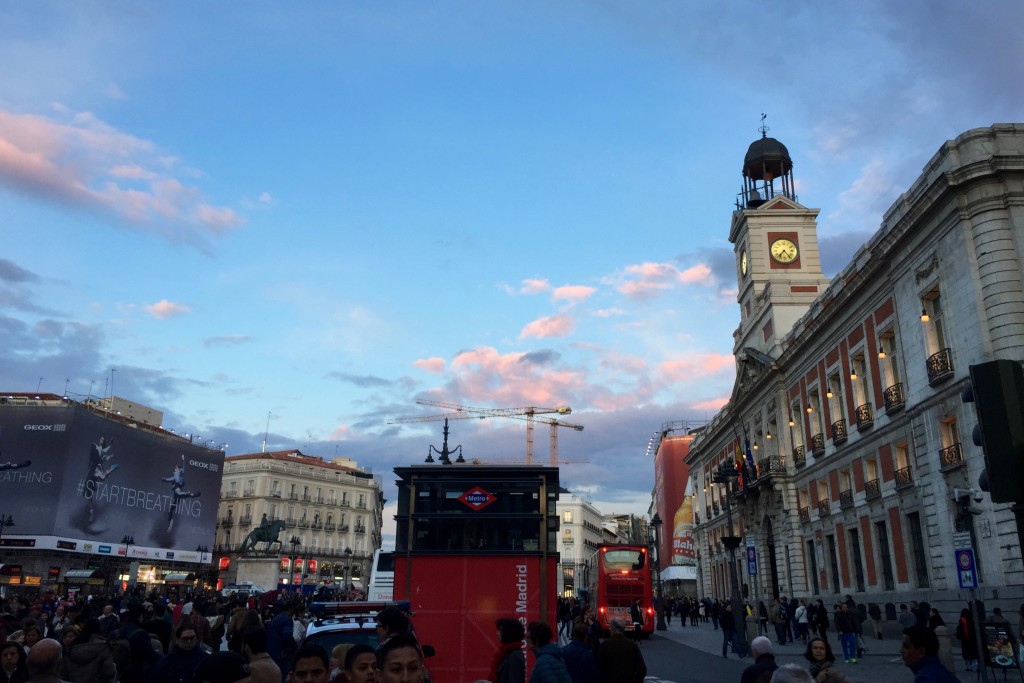
With the last update focused mainly on work, I thought I’d divulge a little bit of Spanish culture and what I’ve been up to when not working really hard (questionable) in the office. As many of you may have celebrated Easter recently, you’ll be aware that that all those festivities have been ongoing, however I can assure you that Easter in Spain (or Semana Santa, hence the title) is celebrated in a completely different way…
First up, and for me rather disappointingly, there’s no chocolate. I have only seen chocolate eggs for sale twice in the past few weeks: both times in the English food section of El Corte Inglés, and both times with exponentially high price tags. Secondly, there’s the parades.
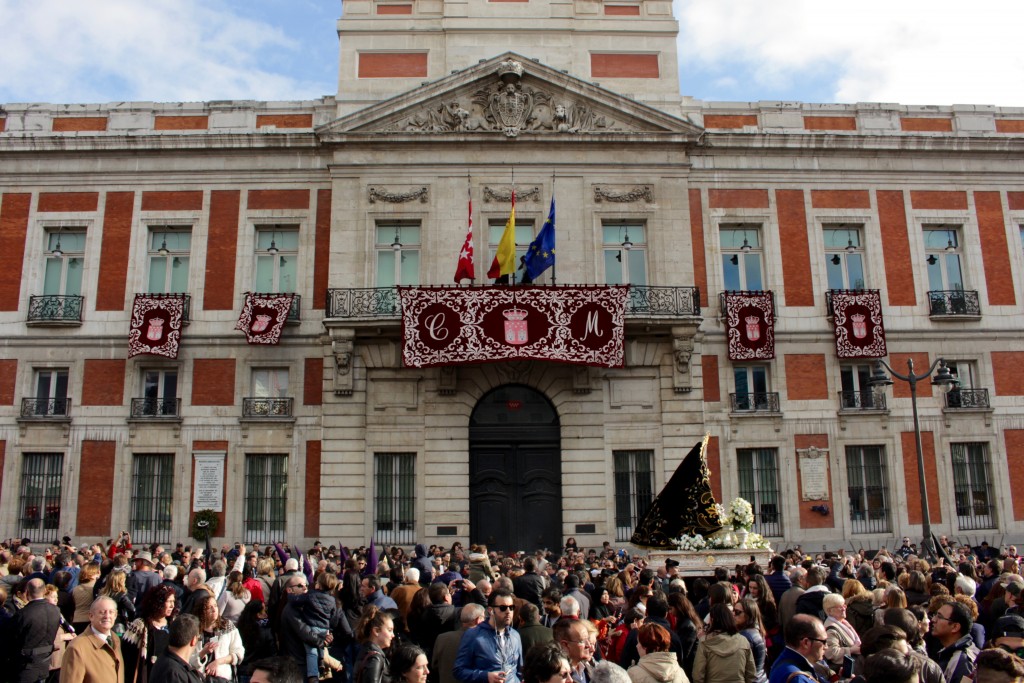
The parades, or procesiones, are really not to be missed, and so I dragged my (rather ill at the time) body to the city centre and grabbed a coffee and waited for the drums to begin. As the drumming drew louder, people began to move into formation, lining the edges of the streets. Sooner or later the drummers arrived, faces completely veiled, followed by a small brass band.
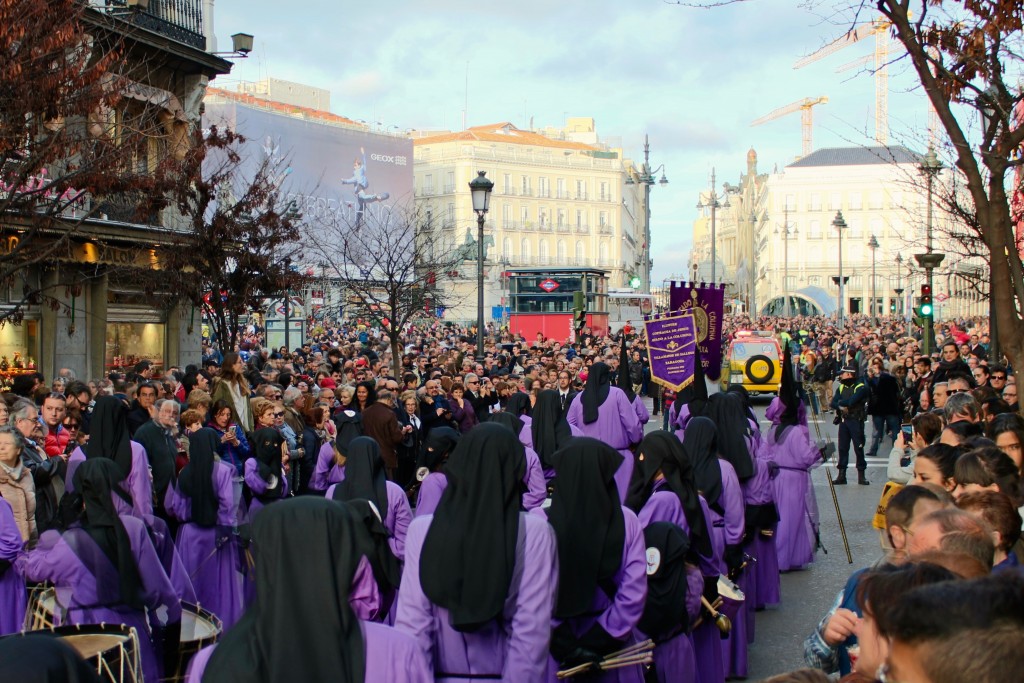
The music is very loud but also touchingly solemn, as here Easter is treated more as a time of mourning and self-sacrifice, hence the veils and robes with the famous pointed hoods. After the music comes the rhythmic procession of the imagenes, which are beautifully intricate depictions of various biblical scenes, held up by a group of people with strong arms and plenty of stamina…
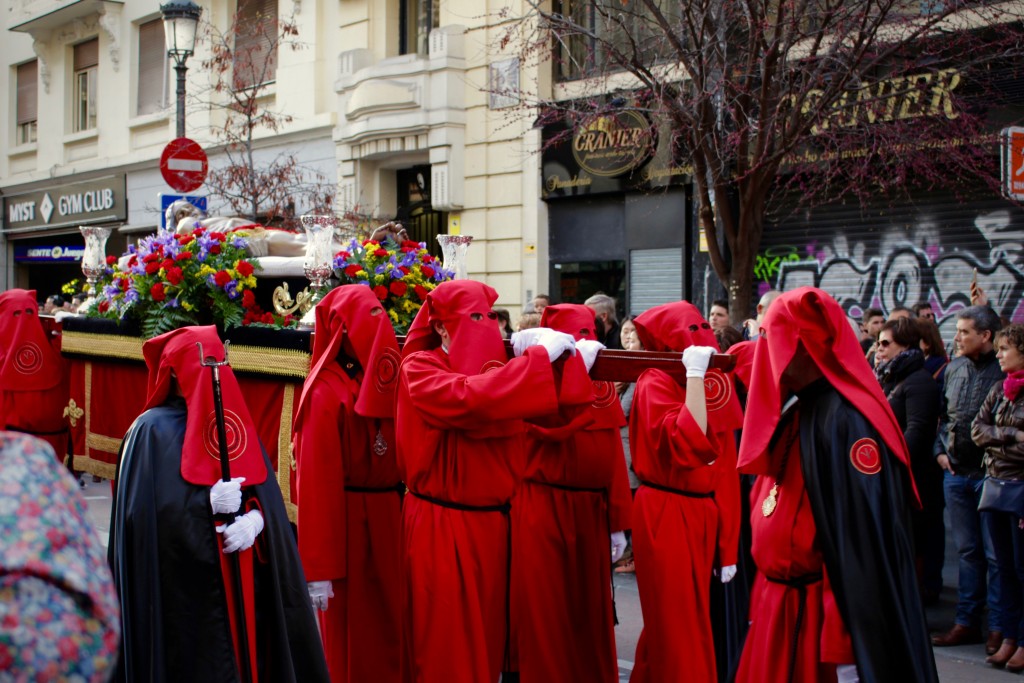
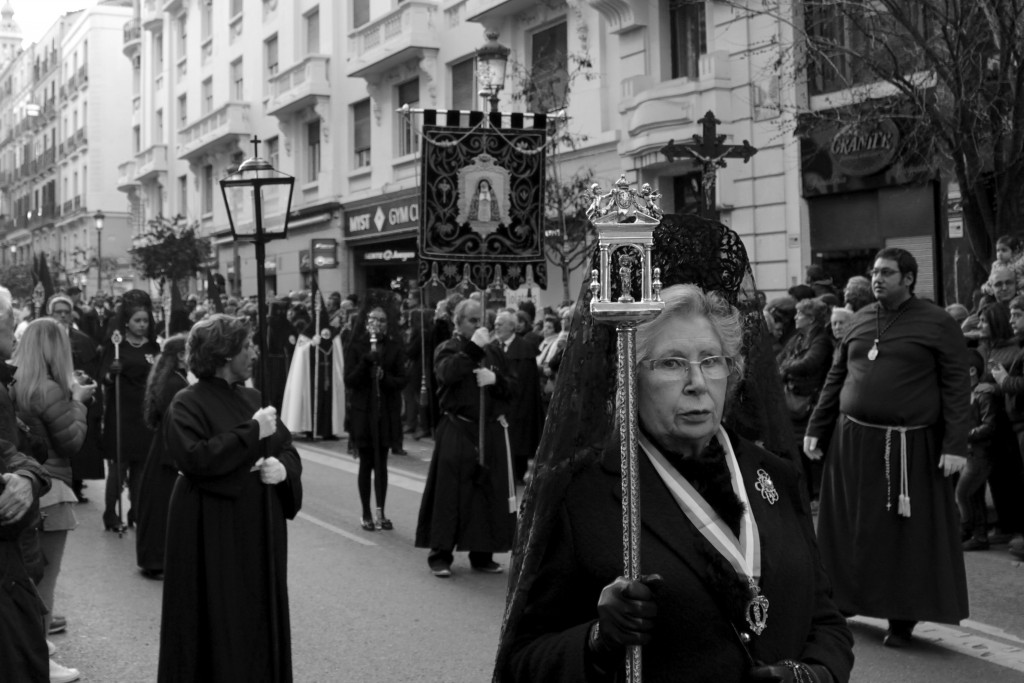
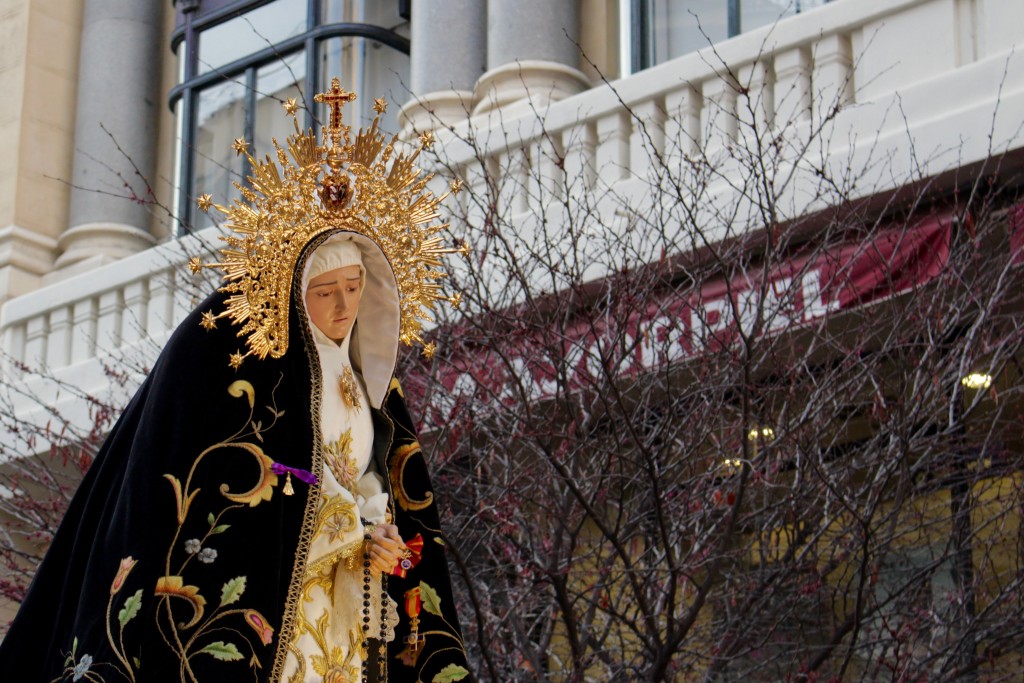
The movement of the parade is accompanied by the rhythmic beating of a drum, the periodic ringing of a bell to coordinate those carrying the images, and the respectful silence of the throngs of people watching the spectacle. The pungent smell of frankincense fills the air too, as the hooded figures slowly make their way past, swinging lanterns of the burning resin in their wake. The atomshere created by all this was particularly amplified by the darkness of night, which I experienced as I made sure to catch one just outside Plaza Mayor.
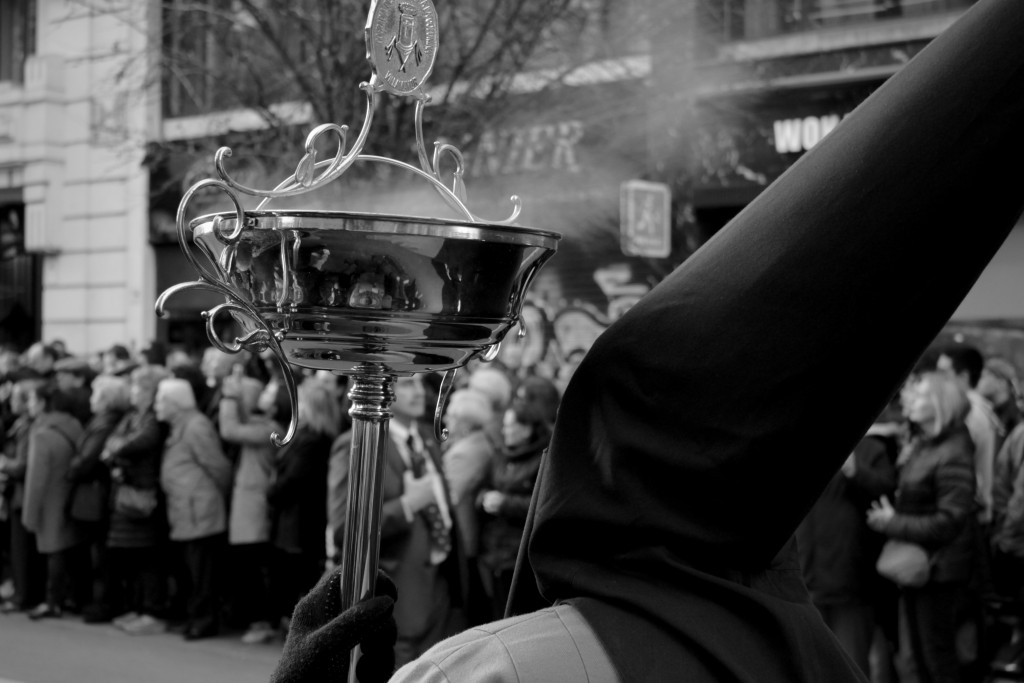
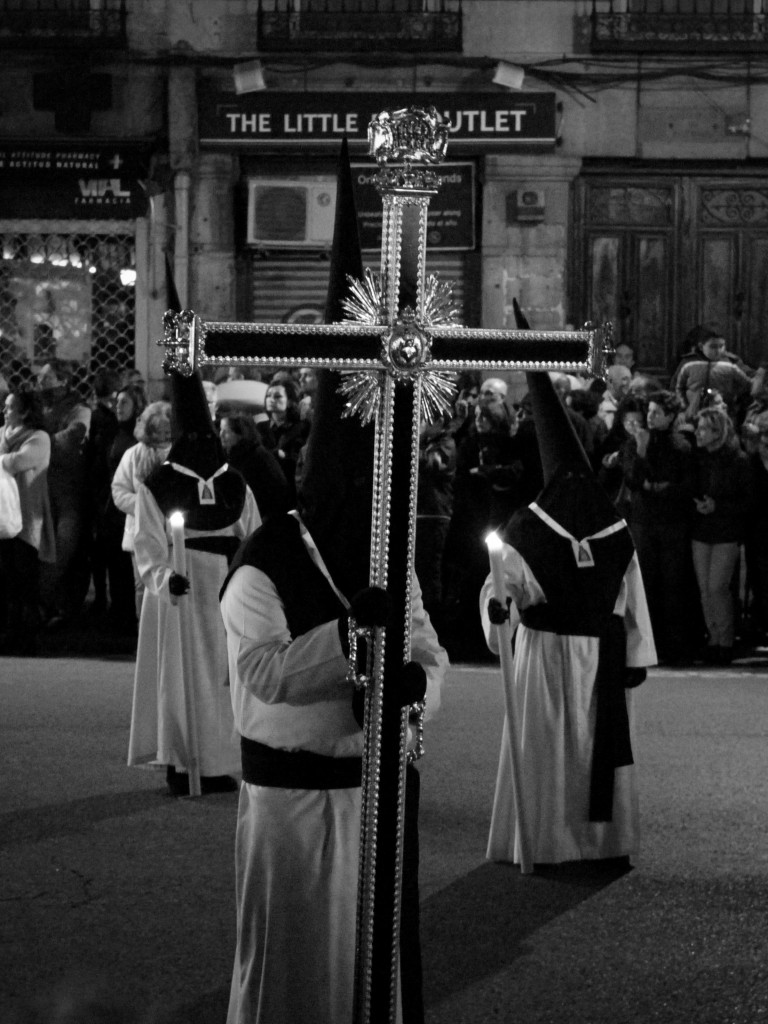
As the procession drew to a close, people were invited onto the street to follow it further along its trajectory. I took the chance to join them as they sauntered through the Plaza del Sol, right in the centre of Madrid, and I’m very glad I did as it was a surreal and moving experience – I have never seen so many people in the square!
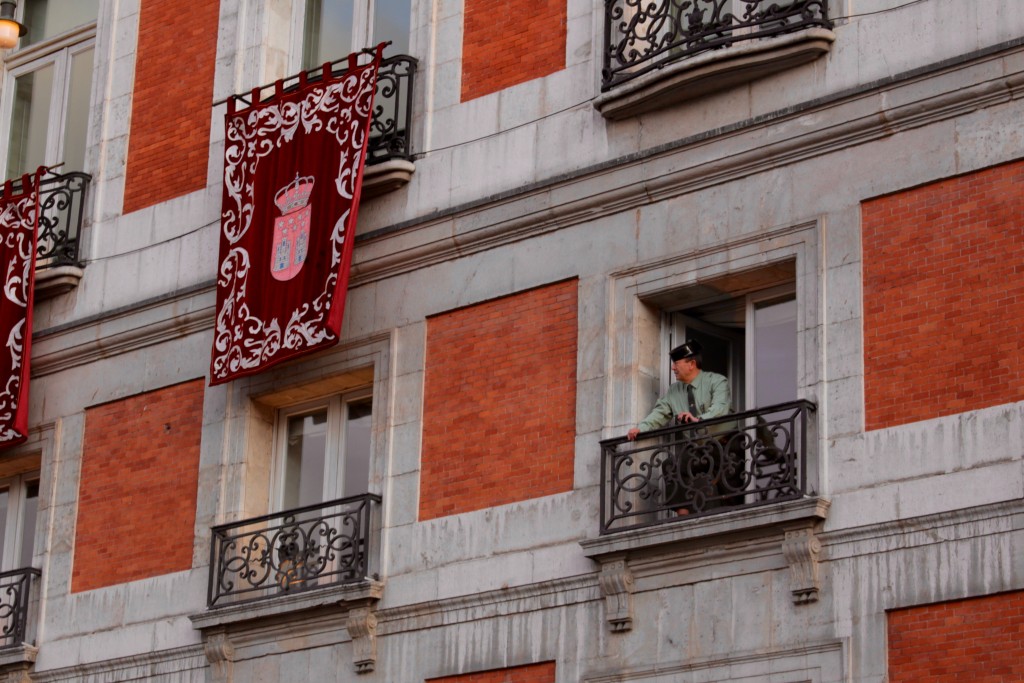
One last thing of note before I turn in for the night, and something without which one of my blog posts would not be complete, is for me to talk about food. During Semana Santa here in Madrid it is customary to eat a sweet treat known as torrija, which is stale bread soaked in cinnamon and sugar infused milk, which is then fried generously in olive oil and coated in yet more sugar and cinnamon.
Having already tried torrijas out a few times at work, I knew that they were delicious, and so I thought what better way to celebrate Easter Spanish-style than to try my hand at whipping a few up myself? Having let my bread go stale overnight, I dropped the cinnamon sticks into the milk, and an hour later I was packing the torrijas into a box to take into work the following day.
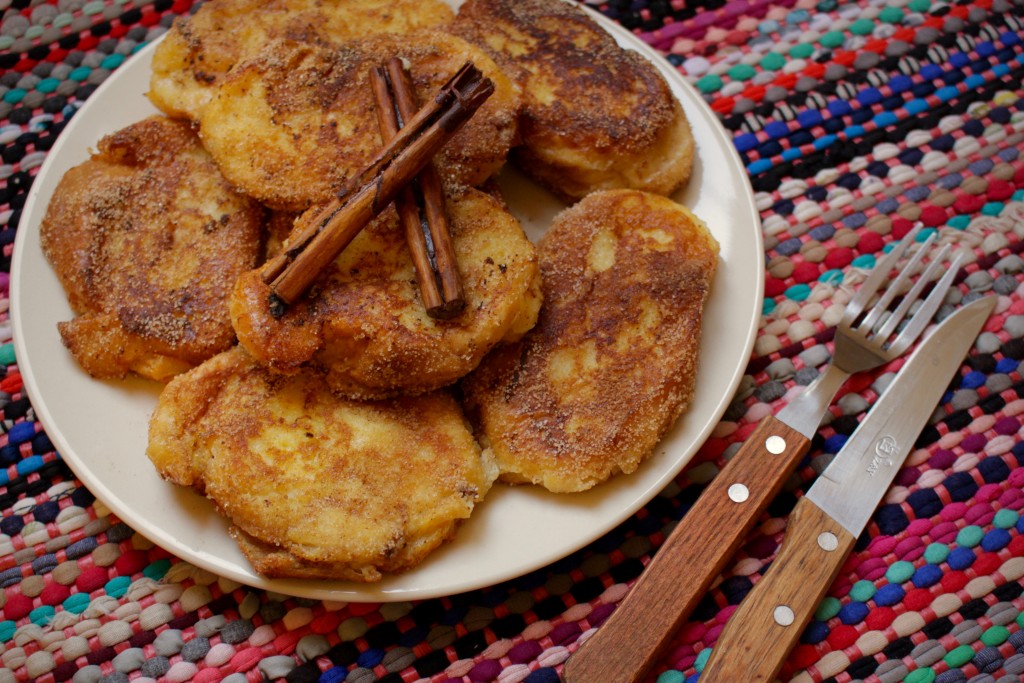
Surprisingly the torrijas were a hit in the studio, and amongst my flatmates, and I must say that I did enjoy eating a couple myself! But as I ride the crash that has come after the sugar-high of the Easter weekend, I must unfortunately bid you adios until my next update, where I’ll be moving flats once more… Until then!